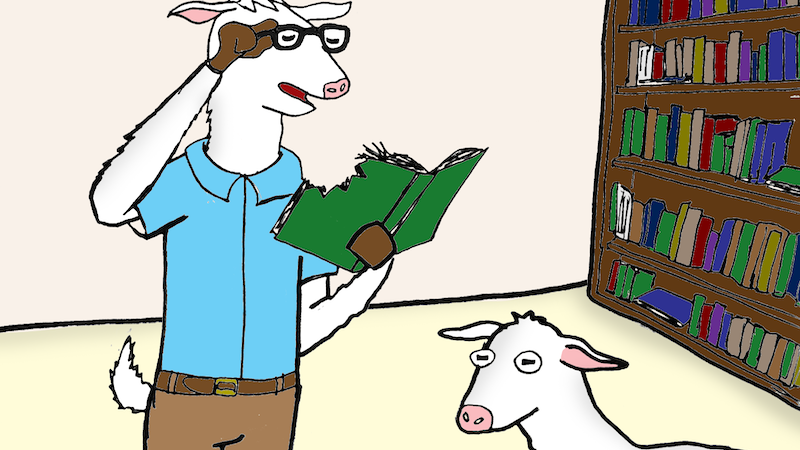Facebook 101: Posts and Feed
We see updates from certain people and pages and not others, but why?
How Facebook News Feed Works
“I never see your Facebook updates…” We see updates from certain people and pages and not others, but why? We’ve all wondered why we see what we do on Facebook, but understanding why remains a mystery. Here in Facebook 101, we hope to help you understand a bit better how the news feed shown as your “Home”, works and why when we ask for you to “like” and “share” posts it improves your reading experience.
Facebook uses a complex algorithm (formula) to calculate what we see on our home page. Based on our interaction on Facebook, this formula “feeds” you the content it calculates you want to see and what you see is based largely on what you do.
The average user’s network generates 1500 updates per day, but only a fraction will appear in your News Feed (Home). Per Facebook, there are as many as “100,000 individual weights in the model that produces News Feed.” Facebook also advises; “ You can adjust what you see in your News Feed by sorting which stories you see first, by using friend lists, and by managing which friends, Pages and app stories you want to see.” You have control over much of what is calculated to show in your news feed by your activity and settings.
Your Activity
What can you “do” on Facebook? You can peruse posts by others, post messages, links, videos and images. You can also like and share content. Not all these actions are weighted the same in the formula, and even just logging in and reading does influence the formula. Look up Mumbai, India and you may notice more travel ad showing up on your pages. The formula has determined this user is interested in travel and returns ads or sponsored (paid) content that might be of interest. Even researching on Google will influence Facebook ads. (It’s a creepy feeling to research something on Google only to see ads for the same and related show up on Facebook.)
When you read, comment and share posts from friends and pages, the formula uses your activity to influence what you see in your feed; the more interactive with a friend or page, the more you will see them in your feed. But, there is more to the formula than just your simple interaction. Facebook also looks at global interactions too, and those can outweigh personal interaction. Per Facebook; “If we show an update to 100 users, but only a couple of them interact with it, we may not show it in your News Feed. But if a lot of people are interacting with it, we might decide to show it to you, too.”
The algorithm also takes into account what types of posts you tend to like. If you interact with images more than text, the result is more images in your feed. If your friends don’t interact with images, your image posts are less likely to show in their feed.
Personal Settings
Everyone on Facebook is not necessarily a “friend”. Relationship settings allow users to label friends as “close friend”, “family”, or “acquaintance”, with options to control content. Setting casual friends as acquaintances can restrict what they see, a level of security for you but also influences the content in the feed.
Each post also has a setting which becomes your default unless it is changed. Create a post and look just below the post area and to the left of the “Post” button. There you have the option of choosing who can see that post. Facebook will default to the last selected option, but it can be used post by post or set your preference and leave it.
The computer or device you use is also part of the algorithm, taking into consideration your device, your computer, internet connection and the technical limitations of mobile devices to determine what you see.
The Last Words
There are other considerations used by the Facebook algorithm, time, date etc. but let’s simply summarize so you can better understand and control what’s in your news feed.
- Interaction with content influences what you see
- Interaction with specific types of content influence what you see
- Your personal settings filter and determine what you see
- Liking and Sharing content do not hold the same “weight” in the calculations
- Liking a post and liking a page are not the same action
You will always only see a fraction of friend and pages Facebook activity but you can influence what you see through your activity and settings.


